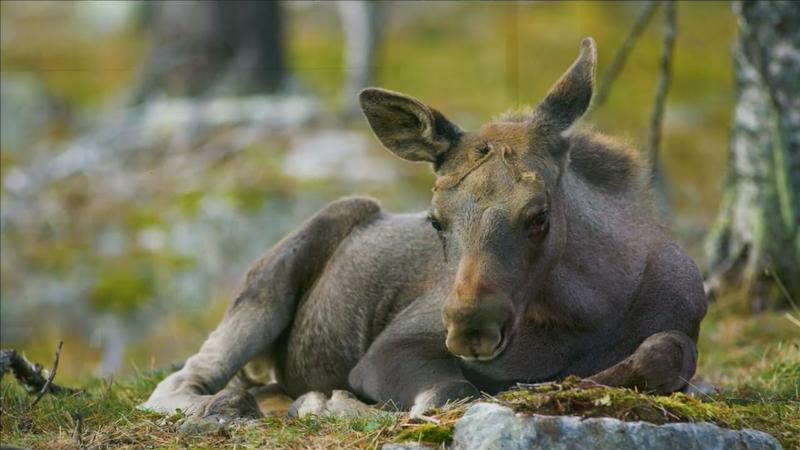Moose population holding steady, says DNR
[anvplayer video=”5100728″ station=”998130″]
The 2022 moose population survey has been released, showing a relatively stable population of 4700. Other indicators are positive as well, including an 83% pregnancy rate.
“We have a calf cow ratio that has come out to be 0.45, which is the highest since 2005 when we started the survey in this way when the population was peak,” explained DNR Moose and Deer Research Scientist Glenn D. DelGiudice, Ph.D. ”The calves are also comprising 19% of the population this year and that’s the highest it’s been since 2005 as well.”
The survey is conducted annually by the DNR and partnering organizations. Due to covid restrictions, it was not done last year. Roughly four million acres are split into 436 survey plots. Out of those, 43 are randomly selected for the annual survey as well as nine habitat plots.
“The reason we added those to the survey is because most of those have had disturbances of the forest within them, like wildfires, prescribed burning, etc. or they’ve had logging operations that serve the forest or for a couple of them, the operation hasn’t occurred yet, but it will be occurring soon,” said DelGiudice. “So those nine plots were to look at the effect of forest disturbance, large forest disturbance on how much to use their habitat and how they use the landscape.”
Another habitat plot was added this year as a result of the Greenwood Fire.

“We wanted to see the effects of that fire on the use of habitat and landscape in that area,” said DelGiudice.
The population of moose in northeastern Minnesota peaked in 2006 with around 8800 moose.
“That very gradually started to decline through 2009 from 2005 or 2006, but then it took a very precipitous, very sharp decline from 2009 to 2012,” DelGiudice said. “Since 2012, it’s been rather stable.In 2020, the population was over 60% lower than in 2006.”
Although several feet tall when fully grown, predation is a risk to the population, especially amongst calves.
“From our calf survival research, we learned that wolves accounted for 67% of the mortality of the calves that were born to newborns, and black bears accounted for 17% of the mortality of the newborn calves,” DelGiudice said. “Most of that mortality occurred within 50 days of birth.”
Wolves also hunt deer fawns, but having more deer in an area is not good for moose.
“Deer facilitate the transmission of brain worm to moose,” explained DelGiudice. The more deer you have, the denser numbers or higher numbers of deer and moose range that can be very detrimental because it helps pass on this lethal parasite to moose.”
Hotter summers can also make a difference.
“Climate change can have an effect on survival of the parasites that can be very detrimental to moose population performance like brain worm and winter ticks and, and those sorts of things,” said DelGiudice.
Although there are many factors influencing the survival of moose, there is hope that the variety of ongoing research projects will help.
“The more we can learn about the relationship between climate change, habitat quality and availability or quantity and moose benefits from that habitat, the more we can learn about that going into the future, the more we can potentially improve our habitat of the habitat and thus the population,” DelGiudice remarked.
More information about the survey can be found here.